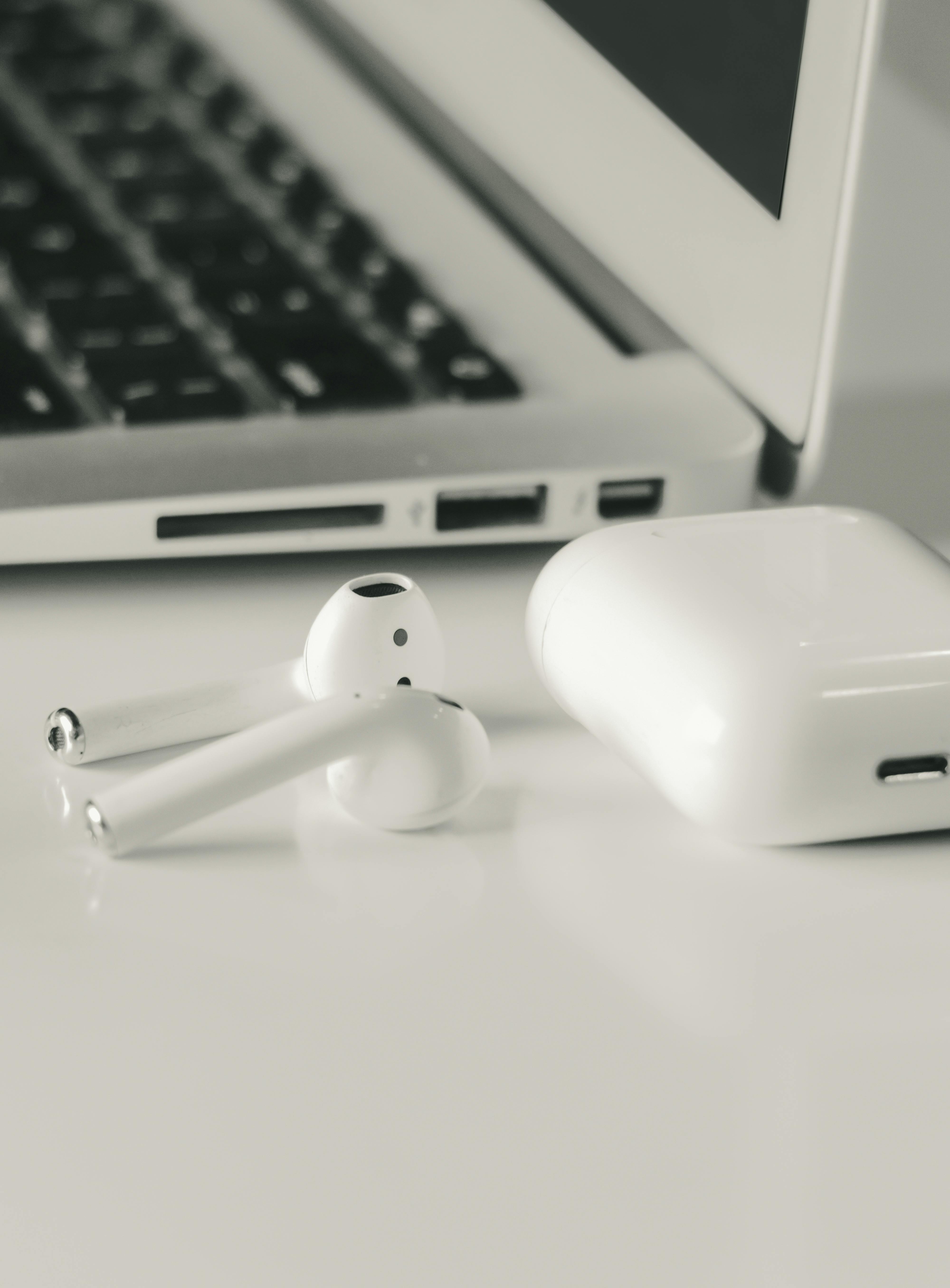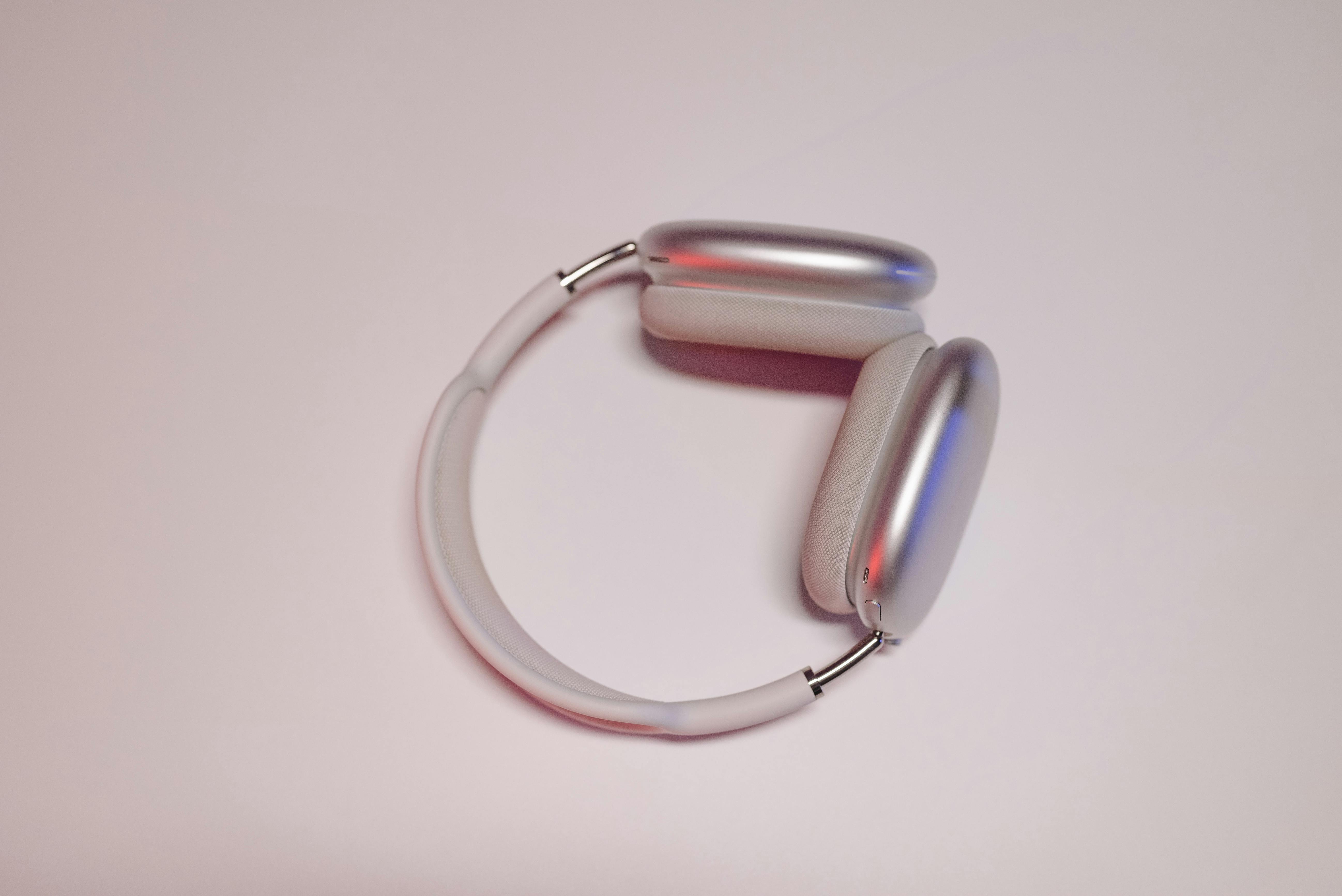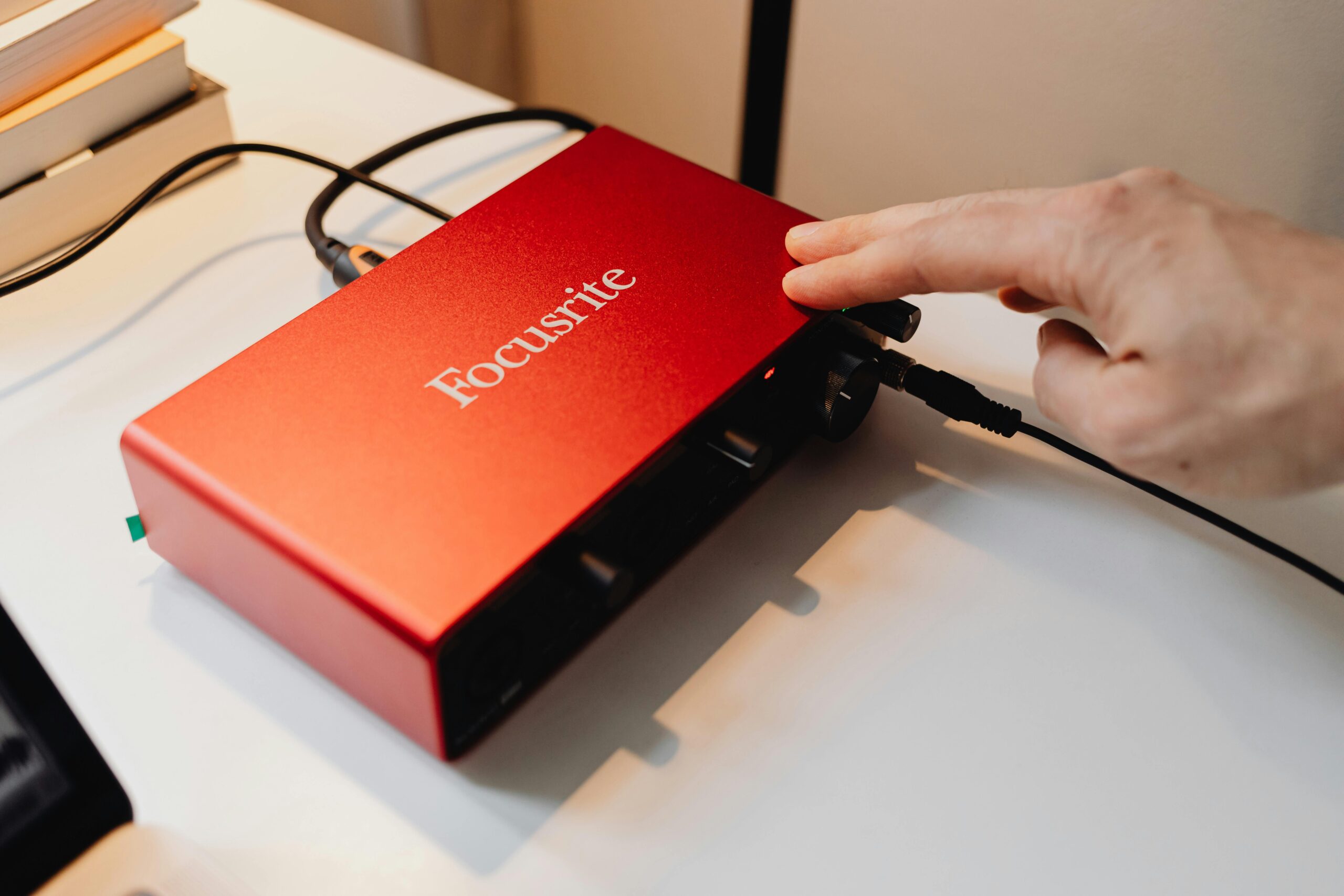Are you struggling with your Windows 11 USB audio device? You’re not alone! Many users experience frustrating sound issues that can disrupt their listening experience. In this article, we will unlock sound solutions and guide you through troubleshooting your Windows 11 USB audio device effectively. With technology evolving, it’s essential to stay updated on the latest fixes and tips for smooth audio performance.
Is your USB audio device not recognized or producing distorted sound? These common problems can be resolved with some simple troubleshooting methods. We’ll explore how to check your device settings, update drivers, and even tweak your audio enhancements for optimal performance. Have you ever wondered why your USB audio device works perfectly on another system but fails on yours? It could be a matter of settings or compatibility.
By the end of this guide, you’ll be equipped with the knowledge to troubleshoot any issues that arise with your Windows 11 USB audio device. We’ll also discuss common audio errors and how to prevent them, ensuring your experience remains uninterrupted. So, if you’re ready to dive into the world of sound solutions and eliminate those pesky audio glitches, keep reading! Your perfect audio experience is just a few clicks away. Don’t let sound issues ruin your day—let’s get started on fixing your USB audio device woes and bringing your audio back to life!
Top 7 Proven Methods to Fix USB Audio Device Issues on Windows 11

Are you struggling with USB audio device issues on Windows 11? You’re not alone. Many users facing this problem, and it can be pretty frustrating. But don’t worry! There are proven methods to troubleshoot Windows 11 USB audio device, and we’ll explore the top 7 ways to unlock sound solutions for your digital experience.
1. Check Physical Connections
First things first, ensure your USB audio device is properly connected. Sometimes the simplest solutions are the best. Unplug the device and plug it back in. Check the port for any debris or dust that might be blocking the connection. If possible, try using a different USB port. This can help identify if it’s the port or the device itself causing the issue.
2. Reboot Your Computer
When in doubt, reboot. Restarting your computer can solve many minor glitches, including USB audio problems. It refreshes the system and can clear temporary issues that might be causing the audio device not to work correctly. Just save your work before you do this.
3. Update Audio Drivers
Outdated drivers is a common cause of USB audio device issues. Windows 11 often has updates, and sometimes it don’t install them automatically. Here’s how to update your drivers:
- Right-click on the Start menu.
- Select Device Manager.
- Expand the “Sound, video and game controllers” section.
- Right-click on your USB audio device and select “Update driver.”
- Choose “Search automatically for updated driver software.”
This should ensure you have the latest drivers to help troubleshoot Windows 11 USB audio device problems.
4. Run the Audio Troubleshooter
Windows 11 has a built-in troubleshooter that can help you diagnose and fix audio problems automatically. To access it, you can follow these steps:
- Go to Settings > System > Sound.
- Scroll down and click on “Troubleshoot.”
- Follow the prompts to identify and fix the issue.
This tool often finds and resolves issues that users might not notice.
5. Change Sound Format
Sometimes, the sound format configured in Windows might not be compatible with your USB audio device. Here’s how to change it:
- Right-click the sound icon in the system tray.
- Select “Sound Settings.”
- Click on “More sound settings.”
- Under the Playback tab, right-click on your USB audio device and select “Properties.”
- Go to the “Advanced” tab and try changing the default format.
Test a few different formats to see if any of them fix the problem.
6. Disable USB Power Management
Windows sometimes turns off USB devices to save power, which can lead to issues. To stop this from happening, do the following:
- Open Device Manager.
- Find your USB audio device under “Universal Serial Bus controllers.”
- Right-click and select “Properties.”
- Go to the “Power Management” tab and uncheck “Allow the computer to turn off this device to save power.”
This can keep your device active and solve those pesky audio problems.
7. Reinstall USB Controller
If all else fails, try reinstalling the USB controller. This can reset the connection and often resolves lingering issues. Here’s how:
- Open Device Manager again.
- Expand the “Universal Serial Bus controllers” section.
- Right-click each USB controller and select “Uninstall device.”
- Restart your computer, and Windows should automatically reinstall the USB controllers.
These steps can put you back in control of your audio experience.
Dealing with USB audio device issues on Windows 11 can be a hassle, but with these methods, you should find a solution that works for you. Whether it’s checking connections or updating drivers, having the right tools can make all the difference. Don’t let audio problems disrupt your workflow or entertainment anymore!
Is Your Windows 11 USB Audio Device Not Recognized? Here’s the Ultimate Guide to Solutions

Are you sitting at your computer, ready to enjoy some tunes or join a video call, only to find out your USB audio device isn’t recognized by Windows 11? It’s frustrating, isn’t it? You’re not alone in this. Many users have faced this issue, and it can feel like a major setback. But don’t worry, we got your back! In this ultimate guide, we will explore various solutions to troubleshoot Windows 11 USB audio devices. So, let’s dive right in!
Common Reasons for USB Audio Device Issues
Understanding why your USB audio device might not be recognized is essential. Some common reasons include:
- Outdated Drivers: Sometimes, Windows 11 doesn’t automatically update your audio drivers.
- Faulty USB Ports: If your USB ports are malfunctioning, it could lead to the device not being detected.
- Power Supply Issues: Insufficient power supply to a USB hub can cause devices to fail.
- Device Compatibility: Some audio devices might not be compatible with Windows 11.
Basic Troubleshooting Steps
Before you dive into more complicated solutions, try these basic troubleshooting steps first:
- Reconnect the Device: Unplug and replug the USB audio device. Sometimes, this simple action can resolve the issue.
- Use a Different USB Port: Switch to another USB port on your computer. If the device works in another port, the original one may have a problem.
- Restart Your Computer: A classic move that often resolves minor glitches.
- Check Device Power: Ensure your audio device is powered on, if applicable.
Update Your Drivers
Drivers are the software that allows your hardware to communicate with your operating system. Here’s how to check if your drivers are updated:
- Press Windows + X and select Device Manager.
- Expand the Sound, video and game controllers section.
- Right-click on your audio device and select Update driver.
- Choose Search automatically for updated driver software.
If this doesn’t work, you might want to visit the manufacturer’s website to download the latest drivers directly.
Adjust Sound Settings
Sometimes the issue lies within the sound settings. Here’s how to check and adjust them:
- Right-click the sound icon in the taskbar.
- Select Sounds and go to the Playback tab.
- Look for your USB audio device. If it appears greyed out, right-click and select Set as Default Device.
Advanced Solutions
If the above methods don’t work, consider these advanced solutions:
-
Run Windows Troubleshooter:
- Go to Settings > System > Troubleshoot > Other troubleshooters.
- Find Playing Audio and click Run. Follow the prompts.
-
Change Power Management Settings:
- In Device Manager, right-click on your USB audio device, select Properties, and go to the Power Management tab. Uncheck the box that says, “Allow the computer to turn off this device to save power.”
Check for Windows Updates
Keeping your Windows up to date is key for device compatibility. Go to Settings > Windows Update and check for updates. Install any available updates and restart your computer.
Additional Tips
- Always ensure that your audio device is compatible with Windows 11 before purchasing.
- Regularly check for driver updates to avoid compatibility issues.
- If possible, test your USB audio device on another computer to determine if the issue lies with the device or your computer.
Dealing with USB audio device issues on Windows 11 can be a hassle, but with these troubleshooting tips and solutions, you should be able to resolve the problem efficiently. Don’t let technical difficulties get in the way of your enjoyment!
Unlock Crystal-Clear Sound: 5 Essential Tips for Optimizing USB Audio on Windows 11

Are you tired of that muffled sound from your USB audio devices on Windows 11? It can be frustrating when you just wanna enjoy your favorite music, podcasts, or gaming audio, but the sound quality just doesn’t cut it. Don’t worry, you’re not alone. Many users face similar issues, but there are ways to unlock crystal-clear sound. Here’s 5 essential tips to help you optimize USB audio on Windows 11 and troubleshoot any USB audio device problems you might have.
Check Your USB Ports and Connections
Sometimes the issue lies in the hardware rather than in software. If the USB port is dirty or damaged, it can affect sound quality. Here’s what you should do:
- Inspect the USB port and plug for any debris.
- Try different USB ports on your computer.
- Use another USB cable if you can. Cables can wear out over time.
By ensuring solid connections, you might just solve your audio problems right then and there.
Update Your Audio Drivers
Drivers play a crucial role in how your audio devices function. If your audio drivers are outdated or corrupted, it could lead to poor sound quality. Here’s how you can update your drivers:
- Right-click on the Start button and select Device Manager.
- Expand the “Sound, video and game controllers” section.
- Right-click on your USB audio device, then choose “Update driver.”
- Follow the prompts and restart your computer.
Updating your drivers can resolve many sound issues, and it’s a task worth doing regularly.
Adjust Sound Settings
Windows 11 has various sound settings that could be optimized for better audio output. Follow these steps to tweak your settings:
- Right-click on the sound icon in the taskbar and select “Sounds.”
- Go to the “Playback” tab, find your USB audio device, and right-click on it.
- Select “Properties,” then go to the “Advanced” tab.
- Choose a higher sample rate and bit depth, like 24 bit, 48000 Hz.
Making these adjustments can significantly improve the audio experience.
Disable Audio Enhancements
Sometimes, audio enhancements can do more harm than good. They might create a distorted sound rather than enhancing it. To disable enhancements, do the following:
- Right-click on the sound icon and select “Sounds.”
- In the Playback tab, select your USB audio device and click “Properties.”
- In the Enhancements tab, check the option that says “Disable all enhancements.”
Disabling these enhancements might help you achieve clearer sound.
Troubleshoot Audio Device Issues
If you are still experiencing issues, you might want to run the built-in troubleshooter in Windows 11. Here’s how you can do that:
- Open Settings by pressing Win + I.
- Click on “System,” then select “Sound.”
- Scroll down and click on “Troubleshoot.”
- Follow the on-screen instructions to identify and fix issues.
The troubleshooter is a helpful tool that can often pinpoint the problem and suggest solutions.
Getting the most out of your USB audio devices on Windows 11 doesn’t have to be complicated. By following these tips, you can unlock crystal-clear sound and enjoy your audio experience to the fullest. Whether it’s for gaming, music, or video calls, having good audio quality is essential. Remember, sometimes small tweaks can make a big difference in how you experience sound. If you try these steps and still face issues, consider reaching out to support or exploring additional forums for further assistance. With the right approach, you can troubleshoot Windows 11 USB audio device problems effectively.
Common USB Audio Device Problems on Windows 11: What You Need to Know

In today’s tech-savvy world, USB audio devices become essential for many users, especially with Windows 11. However, sometimes these devices can run into problems that frustrate users. It’s important to understand the common USB audio device problems on Windows 11, what you need to know about them, and how to troubleshoot them effectively. Knowing these issues can save you time and hassle when you encounter sound problems.
Common USB Audio Device Problems
USB audio devices can face many issues that affect their performance. Some frequent problems include:
- No sound output: You plug the device in, but there’s no sound coming out.
- Distorted or poor quality sound: Audio may sound fuzzy or break up, ruining your listening experience.
- Device not recognized: Sometimes, Windows 11 does not recognize the USB audio device at all.
- Driver issues: Outdated or corrupted drivers cause the device to not function properly.
- Latency problems: Some users report delays in audio playback, which can be especially frustrating for musicians or gamers.
Troubleshoot Windows 11 USB Audio Device: Quick Fixes
When dealing with USB audio device problems on Windows 11, there’re several quick fixes you can try. Here’s a handy list:
- Check the connections: Ensure the USB device is securely plugged in. Try different USB ports on your computer.
- Update audio drivers: Go to Device Manager, find your audio device, and check for driver updates.
- Set the audio device as default: Right-click the sound icon in the taskbar, select ‘Sounds’, and then ensure your USB audio device is set as default.
- Disable audio enhancements: Sometimes, enhancements can cause issues. You can find this option under the Properties of your audio device in the Sounds settings.
- Run the audio troubleshooter: Windows 11 has built-in troubleshooters that can automatically fix common audio issues.
Unlock Sound Solutions with Advanced Troubleshooting
If the basic fixes do not work, you may need to dive deeper into troubleshooting. Here are advanced steps you can follow:
- Check for Windows updates: Sometimes, system updates can resolve underlying issues impacting audio performance.
- Reinstall the audio driver: Uninstall the driver from Device Manager, and then restart your computer. Windows will try to reinstall the driver automatically.
- Check for conflicts: Sometimes, other devices may conflict with your USB audio device. Disconnect other USB devices and see if that helps.
- Use a different computer: If possible, try your USB audio device on another computer to determine if the problem lies with your device or your computer.
Comparison of USB Audio Devices
When choosing a USB audio device, consider the following factors:
| Feature | Basic Models | Advanced Models |
|---|---|---|
| Sound Quality | Decent | Excellent |
| Price | Affordable | Higher-end |
| Compatibility | Limited | Broad |
| Features | Basic controls | Advanced controls |
Many users find that investing in a quality USB audio device can prevent many of the problems listed above.
In summary, common USB audio device problems on Windows 11 can be frustrating, but understanding them and knowing how to troubleshoot can help you regain your sound quickly. Whether it’s a simple connection issue or a more complex driver problem, the above tips will guide you on your way to enjoying your audio experience without interruptions. Don’t let audio issues ruin your day; get your sound back on track today!
Step-by-Step Troubleshooting: Why Your Windows 11 USB Audio Device is Silent and How to Fix It

If you’re one of the many users dealing with a silent USB audio device on Windows 11, you’re not alone. This is a common problem that many people encounter, and it can be quite frustrating. Not hearing any sound can be annoying, especially when you’re trying to enjoy music, watch a movie, or take part in a virtual meeting. Worry not! We’re gonna explore some step-by-step troubleshooting methods to get your sound back on track.
Check the Basics
First things first, you should check if the USB audio device is properly connected. Sometimes, it’s the little things that cause the biggest headaches. Unplug the device and plug it back in. Make sure that the USB port is working by testing it with another device. If it works, then your audio device might have a problem.
- Try another USB port – If your device isn’t recognized, swap it with another port.
- Inspect the cables – Frayed or damaged cables can lead to silence.
- Restart your computer – A simple reboot can solve many issues.
Sound Settings in Windows 11
If your device is connected but still silent, it could be a settings issue. Windows 11 has various sound settings that sometimes need adjustments. Follow these steps:
- Right-click the sound icon in the taskbar.
- Select “Sound settings.”
- Under “Output,” make sure your USB audio device is selected. If it’s not there, it’s likely not recognized.
- Ensure the volume isn’t muted and the slider is up.
Moreover, you might want to check the advanced sound options:
- App Volume and Device Preferences: You can set different devices for different apps. Make sure the correct output is set for the app you are using.
- Spatial Sound: Sometimes disabling spatial sound can help resolve issues.
Update Drivers
Outdated or corrupt drivers can be a significant cause of audio issues. Windows updates typically include driver updates, but it’s always a good idea to check manually. Here’s how:
- Right-click on the Start button and select “Device Manager.”
- Expand the “Sound, video and game controllers” section.
- Right-click your USB audio device and select “Update driver.”
- Choose “Search automatically for updated driver software.”
If this doesn’t work, you can also visit the manufacturer’s website to download the latest drivers.
Troubleshoot Audio
Windows 11 has a built-in troubleshooter that can help fix issues. Here’s how to run it:
- Go to “Settings.”
- Click on “System” and then “Sound.”
- Scroll to the bottom and click on “Troubleshoot.”
- Follow the on-screen instructions.
This tool can identify and fix common problems automatically.
Other Considerations
If you’ve tried everything and still no sound, consider these additional factors:
- Check for Windows Updates: Sometimes, system updates can resolve underlying issues.
- Disable Audio Enhancements: Some enhancements can interfere with audio playback. You can disable them in the sound settings.
- Test with Another Device: If possible, try connecting a different USB audio device to see if it’s a device-specific issue.
By following these troubleshooting steps, you should be able to resolve most issues related to your Windows 11 USB audio device being silent. Don’t let sound problems ruin your day. With a little patience and the right approach, you can unlock sound solutions and get your audio back in action!
Conclusion
In conclusion, troubleshooting USB audio devices on Windows 11 can be a straightforward process if you follow the right steps. We discussed essential methods such as checking hardware connections, ensuring drivers are up to date, and utilizing the built-in Windows troubleshooter to identify and resolve issues. Additionally, adjusting audio settings and confirming that your USB audio device is set as the default playback device can significantly enhance your audio experience. If problems persist, consider testing the device on another computer or trying a different USB port to rule out hardware failure. Remember, keeping your system updated and regularly checking settings can prevent many issues from arising. If you’re still facing challenges, don’t hesitate to seek further technical assistance. By taking these proactive measures, you can enjoy uninterrupted audio on your Windows 11 device. Explore these solutions today to optimize your audio setup!

